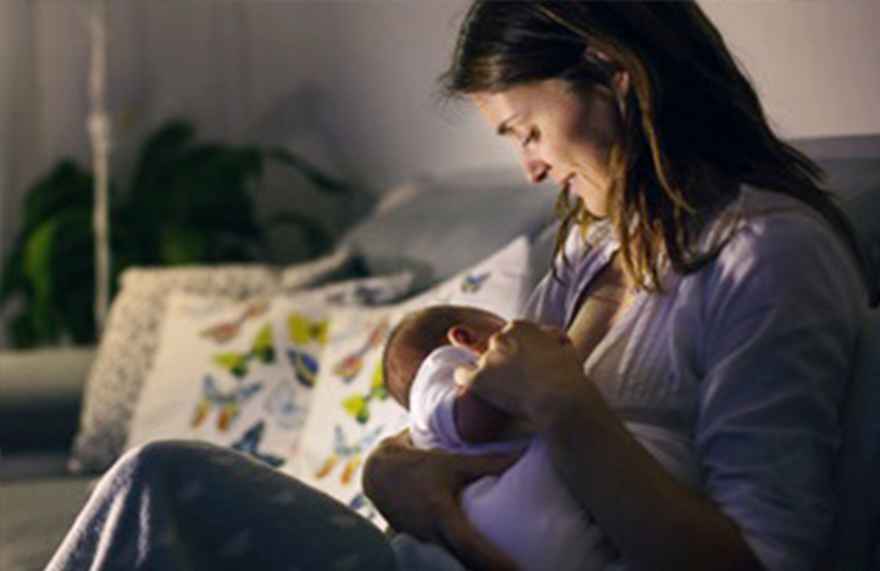Drowsy but awake.

I work with a lot of families, and when I am helping parents with their baby’s sleep, one crucial thing I always say is, ‘Your baby needs to be drowsy but awake when being put into bed'. So what does this 'drowsy but awake' term mean? For me, it is one of the most important, but often overlooked, techniques to help baby sleep. When I see parents understand what it means, and then start to implement it, that’s when positive change occurs. When a family first approaches me for help, I usually get them to begin working on the bedtime routine and settling. It’s ideal to start here, rather than nap times, because the baby’s natural hormonal rhythms support sleepiness at this time. Around 4-6 months is the ideal time to start working on this. Long gone is the newborn sleepy phase. Babies are now making their own melatonin and their internal body clock and rhythms are established. We want to work these rhythms, rather than against them. A wind-down routine Begin with a relaxing a predictable wind-down routine for your baby. This helps their brains transition from the stimulation of awake time in the evening to a quiet and relaxed state before they go to sleep. Provided their room is dark, and they have been fed, bathed and had their wind-down routine, they will be ready to go into their bassinet or cot drowsy but awake. So, what exactly is drowsy but awake? It can be tricky to spot, but mastering the 'drowsy but awake' sleep cue is key to achieving consistent sleep success. I encourage my clients to think about it more like'drowsy but calm'. So, once you have finished your wind-down routine, you will put your baby into their cot calm but awake. They should be alert to their environment but still calm. If you put your baby into their cot when their eyes are drooping or closed, their body is super floppy and relaxed and they are asleep within a few minutes, then you have definitely put them in ‘too drowsy’. Being put into their cot calm but awake is a big game changer when we are working on sleep. Babies find it strange to be rocked to sleep in mum or dads arms and then to wake up 45 minutes later in a completely different place. It’s as if they wonder, ‘how on earth did I get into this cot?’ It can be quite disconcerting for them. Knowing they are already safe in their cot when they are falling asleep will provide reassurance when they do wake from one sleep cycle because their surroundings are consistent, and everything is the same. In their cot drowsy but awake. What next? At this point you want to hand over some of the reigns to your baby and allow them to do some of the work of going to sleep by themselves. Remember, sleep is a learned behaviour and encouraging them to learn to do this for themselves, with support, is a skill that they will use for the rest of their lives. You can be right next to your baby, patting, singing and using your voice to calm and keep them relaxed. Babies are amazing little adapters and it’s lovely to watch them develop their own soothing sleep triggers. I’ve seen babies begin to rub their blanket on their face, suck their thumb or move gently in the cot, finding their preferred sleep position and then drifting off to sleep themselves. Once they have had plenty of opportunity to master this skill at bedtime, they will be able to drift into their next sleep cycle much more easily when they wake up during the night.
Categories
- Testimonials (76)
- Blog (26)
- Uncategorized (2)
- Daylight Savings (2)
- Food and Sleep (4)
- Naps (4)
- 4, 5, 6 Months (2)
- 7-12 Months (1)
- Newborn (4)
- Night Sleep (2)
- Sleep teaching (7)
- Teething (1)
- Toddler Sleep (2)
- Holidays and Travel (2)
- Testimonials_1 (12)
- Testimonials_2 (12)
- Testimonials_3 (12)
- Testimonials_4 (12)
- Testimonials_5 (12)
- Testimonials_6 (12)
- Testimonials_7 (4)


0 comments
Leave a comment
Please log in or register to post a comment